 Today I published several important hop add-ons to cover new and experimental hop varieties that have become available the last few years. This was a fairly sizeable task spanning several weeks to identify and collect information on the latest hop varieties. The main hop update adds 137 varieties, and there are over 100 additional varieties […]
Today I published several important hop add-ons to cover new and experimental hop varieties that have become available the last few years. This was a fairly sizeable task spanning several weeks to identify and collect information on the latest hop varieties. The main hop update adds 137 varieties, and there are over 100 additional varieties […]  Today I published several important hop add-ons to cover new and experimental hop varieties that have become available the last few years. This was a fairly sizeable task spanning several weeks to identify and collect information on the latest hop varieties. The main hop update adds 137 varieties, and there are over 100 additional varieties […]
Today I published several important hop add-ons to cover new and experimental hop varieties that have become available the last few years. This was a fairly sizeable task spanning several weeks to identify and collect information on the latest hop varieties. The main hop update adds 137 varieties, and there are over 100 additional varieties […]  Check out featured stories on brewing pioneers, craft and home brewing in Mexico, homebrew club community building, beer hiking in Bavaria, and ciders of France.
Check out featured stories on brewing pioneers, craft and home brewing in Mexico, homebrew club community building, beer hiking in Bavaria, and ciders of France.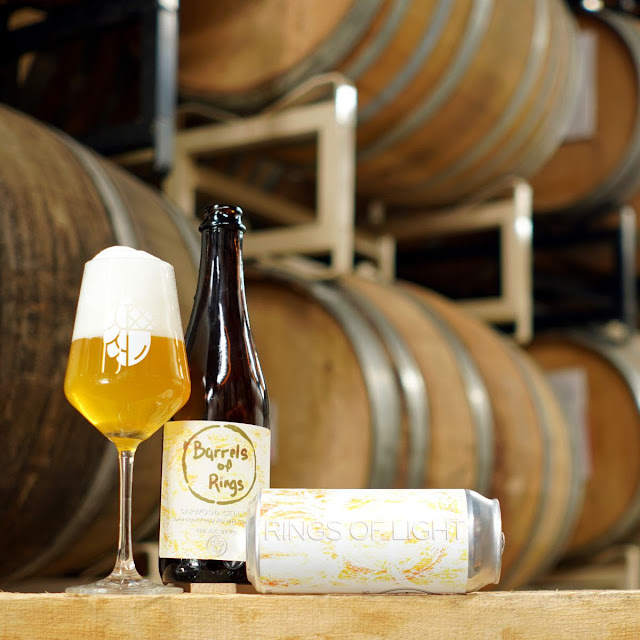
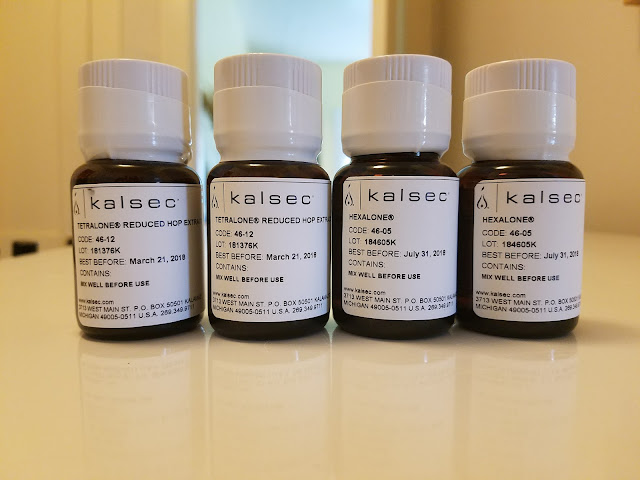
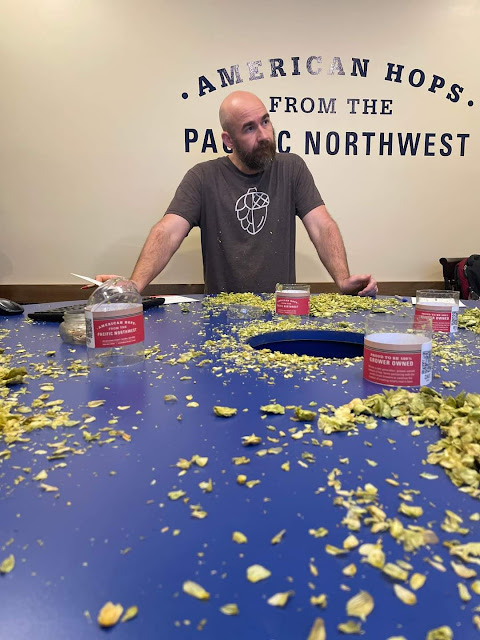
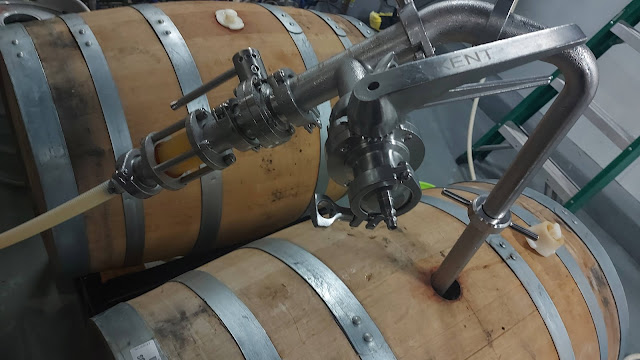
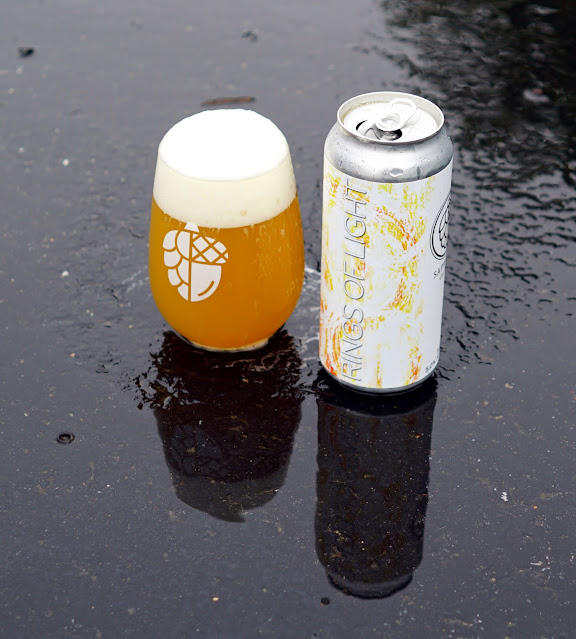
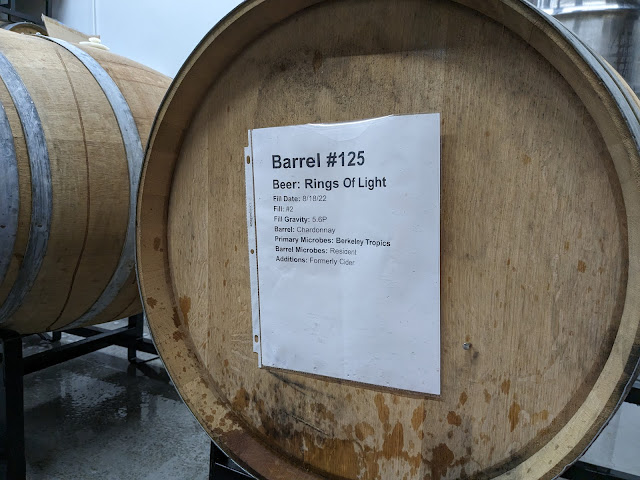
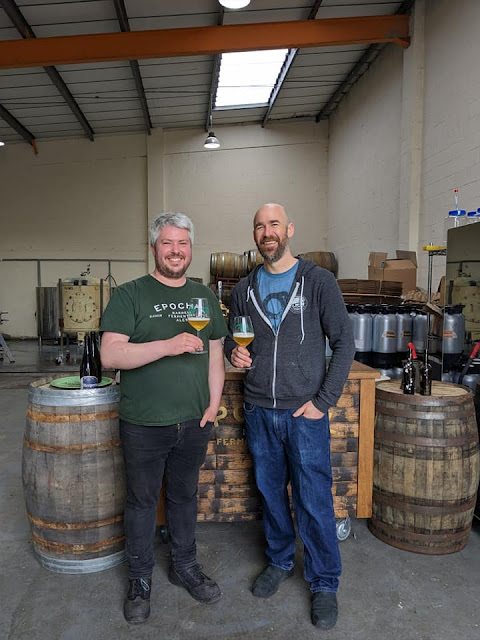

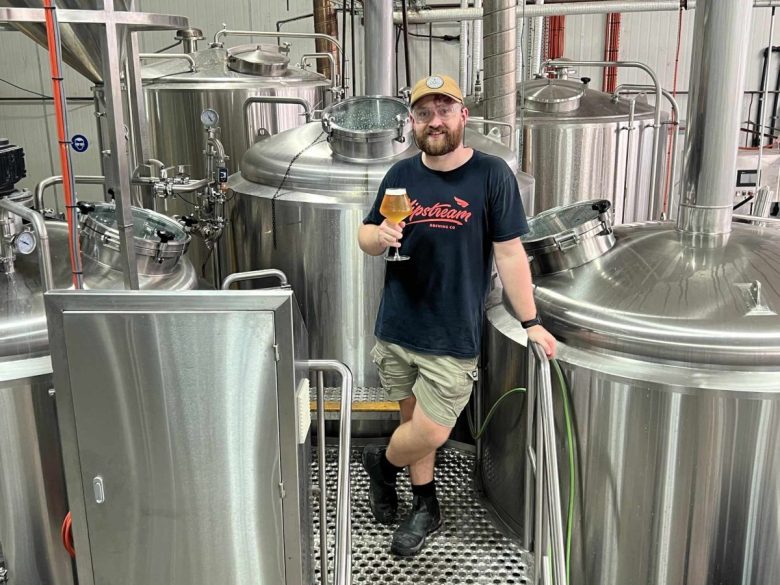 2024 Queensland Royal Emerging Queensland Brewer Daniel Thomsen on his dedication to learning and his work at Slipstream Brewing.
2024 Queensland Royal Emerging Queensland Brewer Daniel Thomsen on his dedication to learning and his work at Slipstream Brewing. 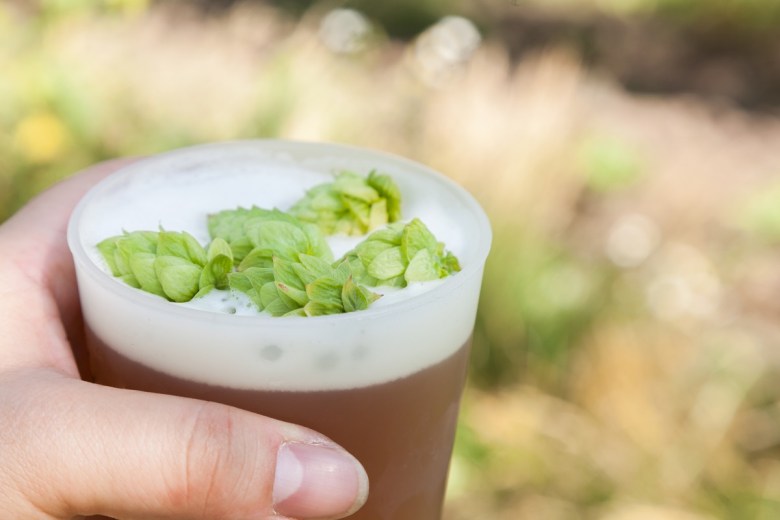 Breweries from across the country are celebrating the annual Australian hop harvest with hop festivals and fresh brews.
Breweries from across the country are celebrating the annual Australian hop harvest with hop festivals and fresh brews. 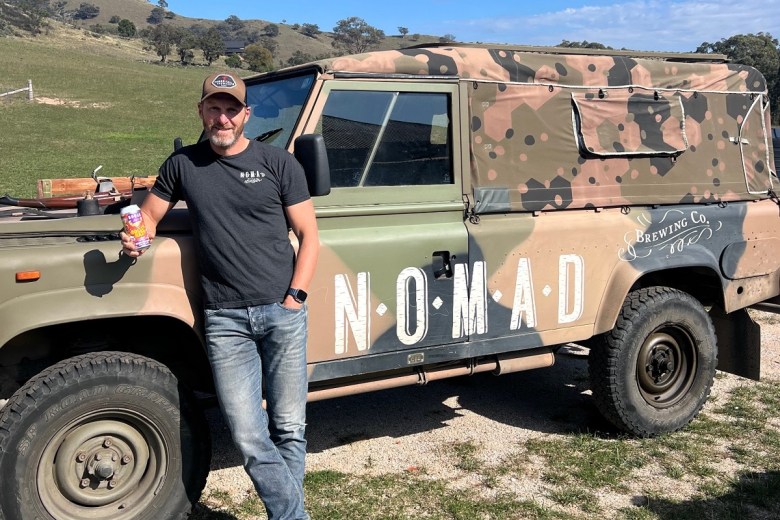 Kerrie Abba and Johnny Latta have put Nomad Brewing Co up for sale just shy of the Northern Beaches brewery's 10th anniversary.
Kerrie Abba and Johnny Latta have put Nomad Brewing Co up for sale just shy of the Northern Beaches brewery's 10th anniversary. 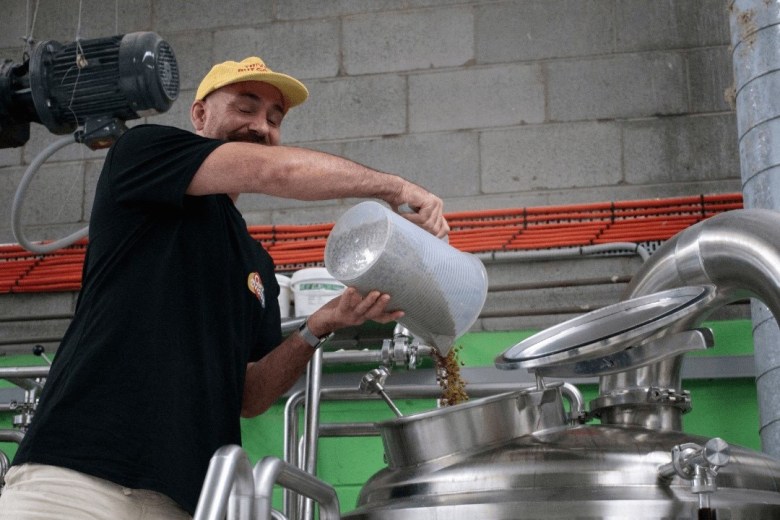 The Australian trivia company is celebrating its 20th anniversary by partnering with craft brewers for a series of uniquely-flavoured beers.
The Australian trivia company is celebrating its 20th anniversary by partnering with craft brewers for a series of uniquely-flavoured beers. 

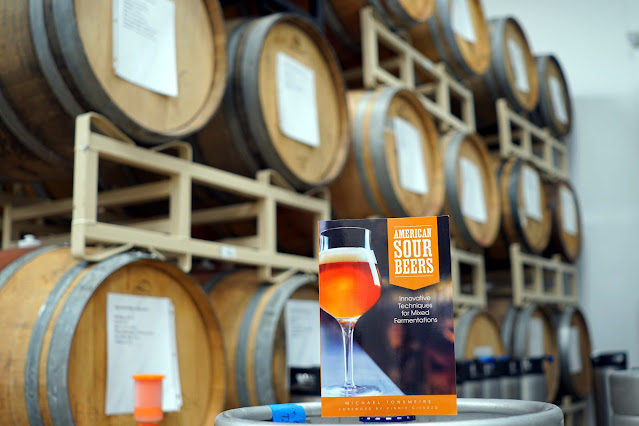
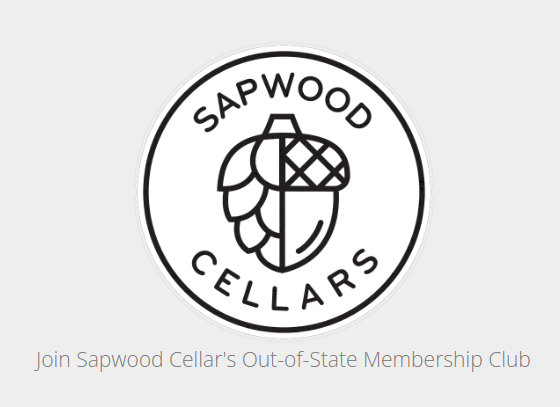
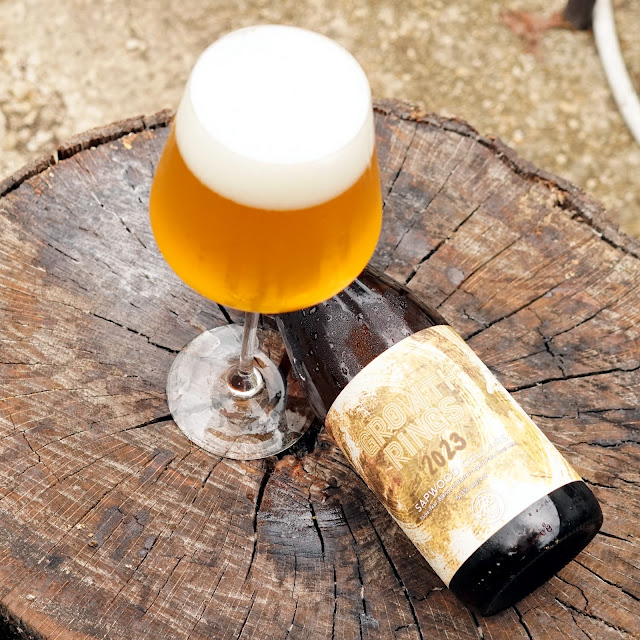
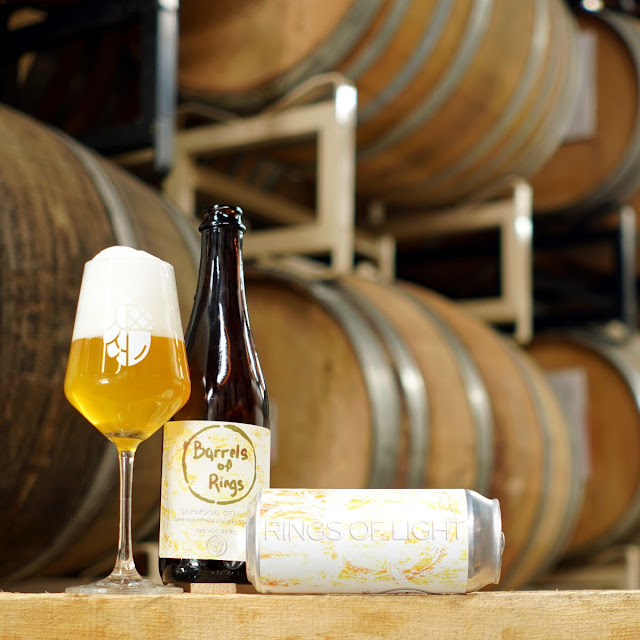
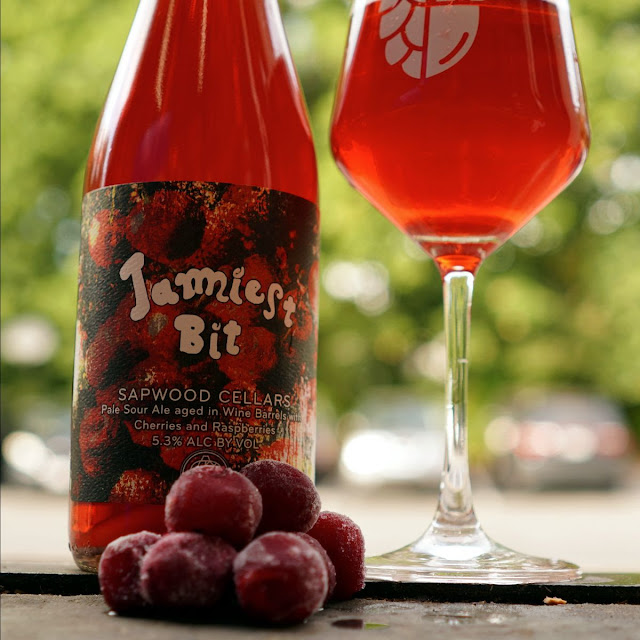
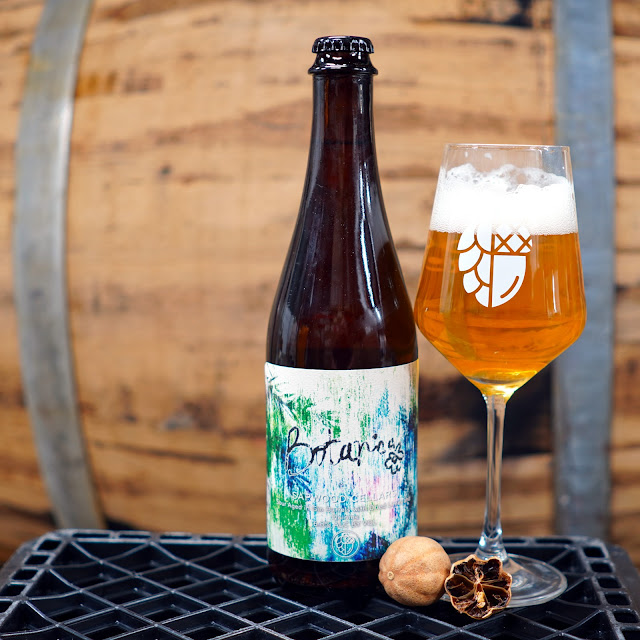
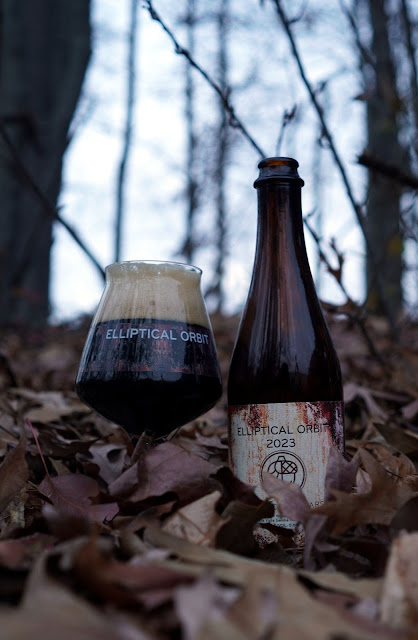
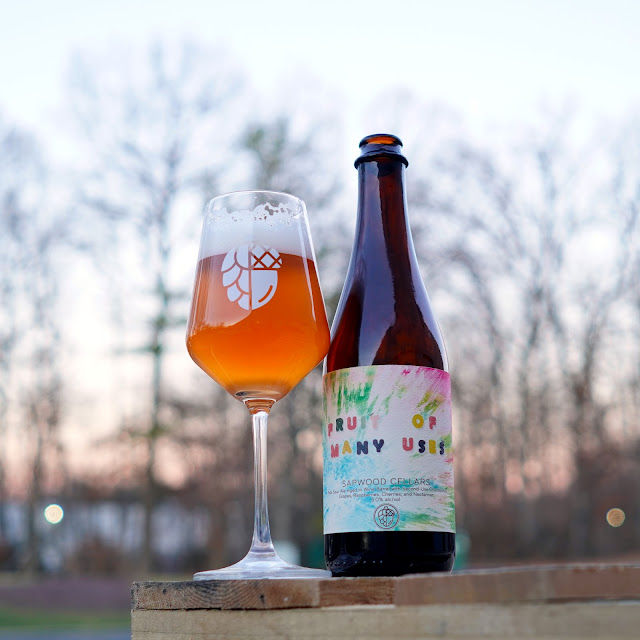
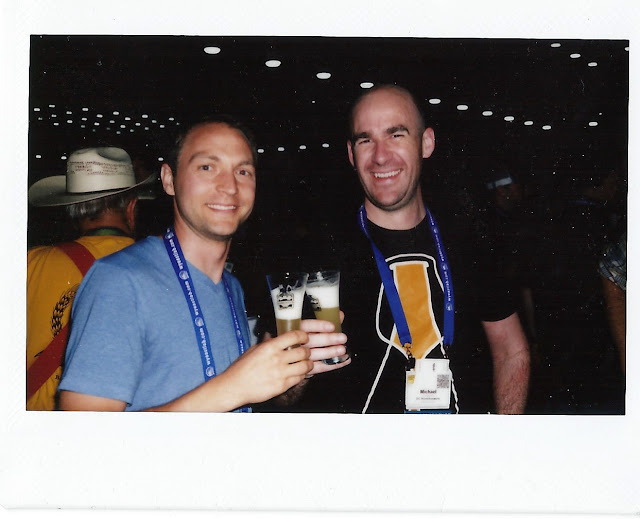
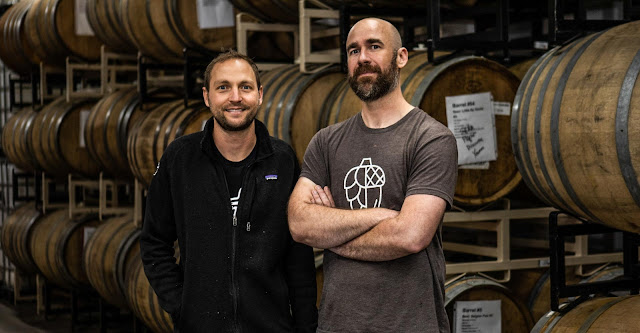
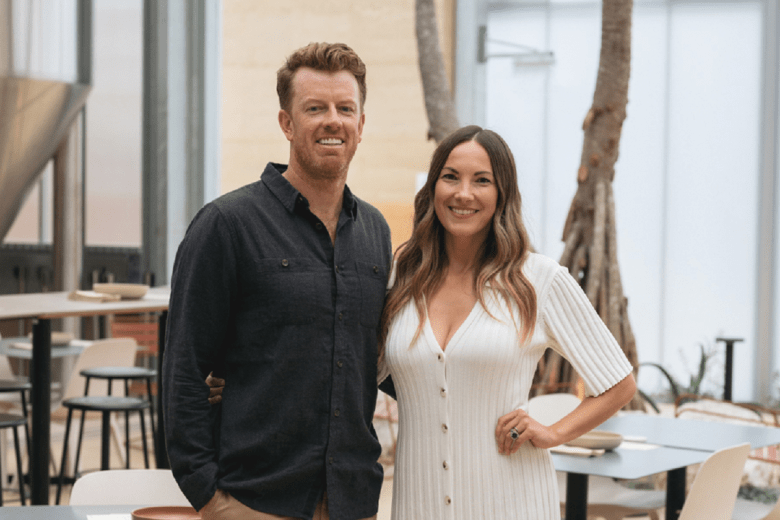 Ahead of Modus Brewing’s 10th anniversary celebration this weekend, we chat with Co-Founder Grant Wearin about his highlights from the past decade.
Ahead of Modus Brewing’s 10th anniversary celebration this weekend, we chat with Co-Founder Grant Wearin about his highlights from the past decade. 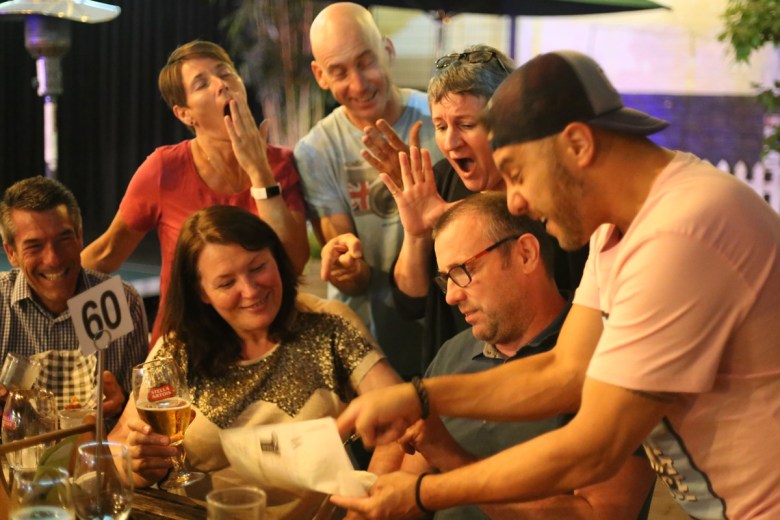 Beer & Brewer spoke to breweries about the benefits of patron engagement events and how to host the right events for your brewery or taproom.
Beer & Brewer spoke to breweries about the benefits of patron engagement events and how to host the right events for your brewery or taproom. 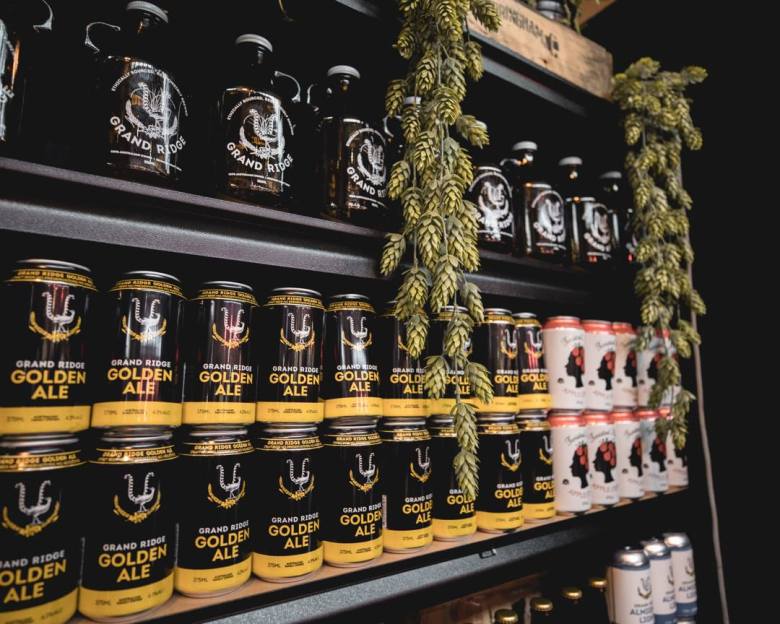 One of Australia's oldest independent breweries has become the latest operation to look to restructure its business after 35 years of operation.
One of Australia's oldest independent breweries has become the latest operation to look to restructure its business after 35 years of operation.  This year's Big Brew falls on May the Fourth, and we are excited to share five official Big Brew 2024 homebrew recipes inspired by Star Wars.
This year's Big Brew falls on May the Fourth, and we are excited to share five official Big Brew 2024 homebrew recipes inspired by Star Wars.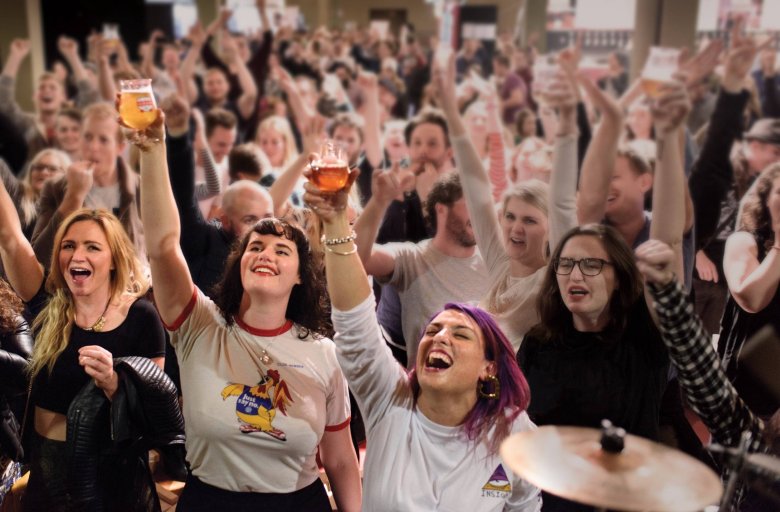 The campaign hopes to encourage record numbers of visitors to the festival by driving value for consumers.
The campaign hopes to encourage record numbers of visitors to the festival by driving value for consumers.  Founded in 1988 in Frankenmuth, Michigan, the Cass River Homebrew Club celebrates it's 35th anniversary in 2024.
Founded in 1988 in Frankenmuth, Michigan, the Cass River Homebrew Club celebrates it's 35th anniversary in 2024.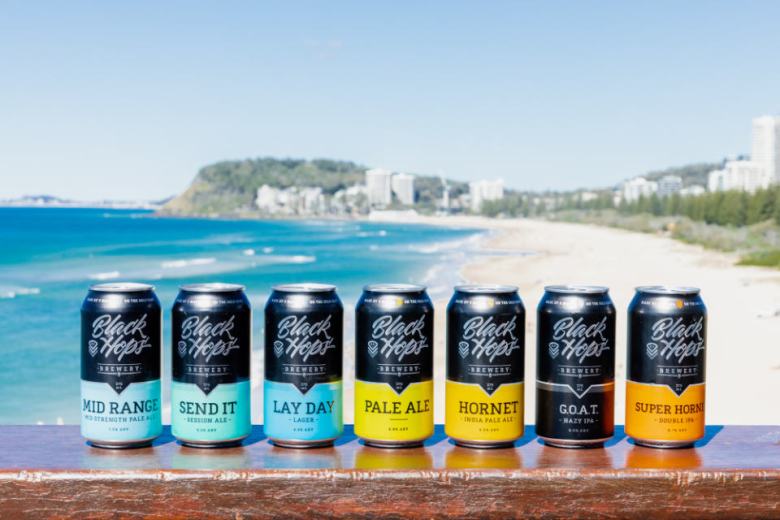 The brewery is pursuing financial restructuring as a result of its current circumstances.
The brewery is pursuing financial restructuring as a result of its current circumstances. 
 Registration is open for World Brewing Congress 2024, 17–20 August in Minneapolis! This quadrennial event unites brewing professionals for three days of superior programming, expert speakers, and valuable networking.
Registration is open for World Brewing Congress 2024, 17–20 August in Minneapolis! This quadrennial event unites brewing professionals for three days of superior programming, expert speakers, and valuable networking. 

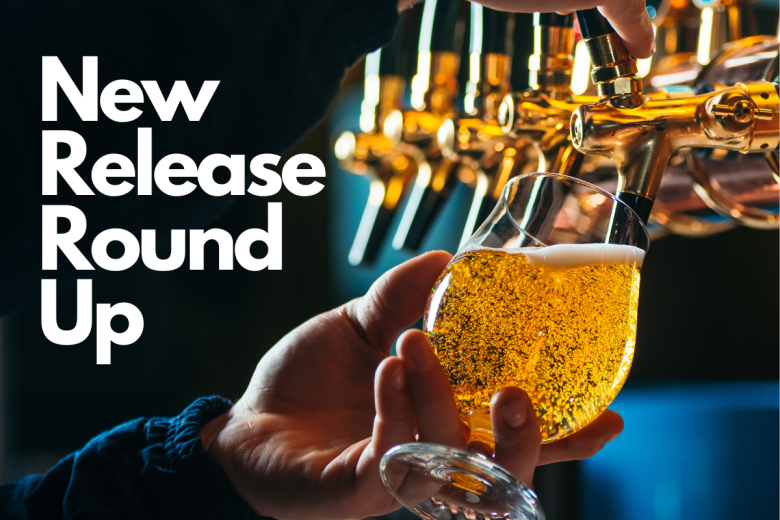 A popular Sydney brewery teams up with a clothing brand, a sour highlights native fruit from the Kimberly, and a 20-year anniversary release.
A popular Sydney brewery teams up with a clothing brand, a sour highlights native fruit from the Kimberly, and a 20-year anniversary release. 
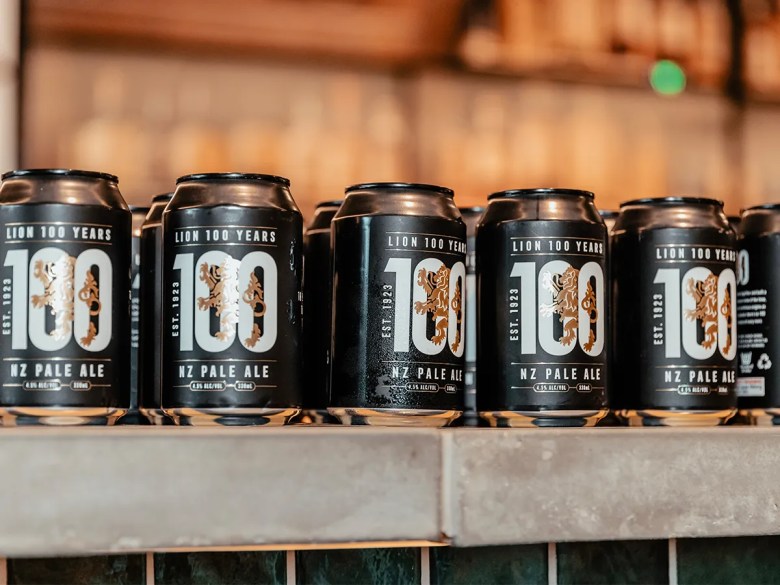 Lion NZ is celebrating the significant milestone with the release of a commemorative, limited-edition pale ale.
Lion NZ is celebrating the significant milestone with the release of a commemorative, limited-edition pale ale.  From March 19 to April 2, take 25% off and get free shipping on the latest release from Brewers Publications.
From March 19 to April 2, take 25% off and get free shipping on the latest release from Brewers Publications.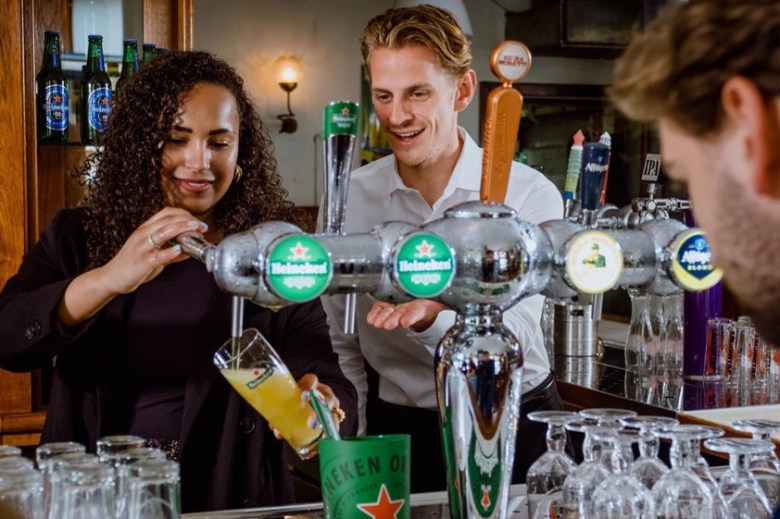 The national final, which will be held in Melbourne, celebrates the craftmanship of Australia’s top bartenders.
The national final, which will be held in Melbourne, celebrates the craftmanship of Australia’s top bartenders.